Liberty Park represents perhaps the most sophisticated example of psychological engineering in suburban development in Alabama. Unlike organic communities that evolved through historical circumstance, this 4,000-acre master-planned community in Vestavia Hills was deliberately designed as a psychological ecosystem—one where every element, from architectural covenants to school funding mechanisms, serves to reinforce a singular vision of controlled excellence. Understanding Liberty Park requires examining not just what was built, but the profound psychological frameworks that determined how human behavior, aspiration, and anxiety would be managed within its boundaries.
The Psychology of Premeditated Community: Engineering Desire
The genesis of Liberty Park in the early 1990s represents a fundamentally different psychological approach to community creation than traditional suburban development. Where Homewood fled from disease and Birmingham annexed for growth, Liberty Park was birthed through calculation—a public-private partnership that treated human settlement as an investment vehicle requiring precise psychological calibration.
The Liberty Park Joint Venture (LPJV) and Torchmark Development Corporation didn’t simply acquire 4,000 acres of forestland along Shades Creek; they purchased the raw material for manufacturing desire. The location in the Piedmont ecoregion, characterized by rolling hills and metamorphic rock outcroppings, provided the aesthetic foundation for what would become a carefully orchestrated psychological experience. The natural beauty wasn’t incidental—it was instrumental to creating the perception of living within nature while maintaining absolute control over that nature.
The 1992 annexation by Vestavia Hills wasn’t merely a jurisdictional expansion; it was a psychological compact. The city gained tax base and growth potential, while the developers gained something far more valuable: access to the Vestavia Hills City Schools brand. This wasn’t just about education—it was about purchasing a psychological guarantee that would drive property values for decades.
The $15 Million Psychological Insurance Policy
The most revealing aspect of Liberty Park’s psychological architecture is the original financial structure. LPJV’s commitment of up to $15,000,000 to the Vestavia Hills School System, plus land donations for Liberty Park Elementary and Middle Schools, wasn’t philanthropy—it was the purchase price for a psychological product: guaranteed excellence.
This upfront investment reveals a sophisticated understanding of suburban psychology. Parents don’t just buy houses; they buy futures for their children. By ensuring that Liberty Park’s growth wouldn’t dilute the school system’s resources, the developers were essentially manufacturing peace of mind. The $15 million wasn’t funding education so much as it was funding a collective psychological state—the certainty that moving to Liberty Park meant accessing elite public education without competition or compromise.
The schools became what psychologists might term a “psychological anchor”—a fixed point of perceived value around which all other community attributes would organize. Every amenity, every architectural decision, every covenant would reinforce this central psychological promise: your children will have every advantage.
The Summit Trauma: When Vision Meets Market Reality
The psychological impact of losing the planned regional mall to The Summit in 1997 cannot be overstated. This wasn’t just a commercial failure; it was a narcissistic injury to the community’s self-conception. Liberty Park had been designed as a self-contained universe, a place where residents could live, work, shop, and play without ever experiencing the psychological friction of leaving their controlled environment.
The Summit’s success revealed a uncomfortable truth: psychological engineering has limits. Market forces and consumer preference couldn’t be controlled through covenants or master planning. This failure created what the community experienced as a decades-long psychological wound—a persistent sense of incompleteness that gnawed at the community’s self-image as a comprehensive, self-sufficient paradise.
The response to this trauma is revealing. Rather than accepting mixed commercial development or lowering standards to attract retail, Liberty Park doubled down on what it could control: residential excellence and corporate headquarters. The community psychologically reframed its identity from a comprehensive live-work-play environment to an exclusive residential and corporate enclave, transforming a limitation into a feature.
The Architecture of Control: HOAs as Psychological Infrastructure
The Liberty Park Master Owners’ Association and its subsidiary associations represent perhaps the most sophisticated system of psychological control in any Alabama community. The Architectural Review Committee (ARC) doesn’t just review building plans; it enforces a psychological framework where deviation equals devaluation.
The Design Guidelines that mandate specific materials—wood, steel, aluminum, wrought iron—while prohibiting “modern or disruptive signage” aren’t about aesthetics alone. They’re about creating and maintaining a collective psychological state where residents internalize the equation between conformity and value. Every approved mailbox, every regulated fence height, every prohibited yard sign reinforces a psychological compact: we all sacrifice individual expression for collective property values.
This system works because it exploits a fundamental psychological principle: loss aversion. Residents accept extraordinary restrictions on their property rights because the psychological pain of potential property devaluation outweighs the psychological benefit of individual expression. The ARC essentially weaponizes anxiety about property values to ensure compliance with its vision of controlled perfection.
The mandatory homogeneity isn’t a bug—it’s the central feature. By eliminating visual discord, the community eliminates psychological discord. There are no “bad” houses to trigger status anxiety, no unkempt yards to suggest decline, no architectural experiments to challenge the established order. The result is a community where the built environment constantly reinforces a singular psychological message: you made the right choice, your investment is safe, you belong to something exclusive.
Corporate Clustering and the Psychology of Prestige
The concentration of major corporate headquarters—Vulcan Materials Company, Encompass Health, and Medical Properties Trust—within Liberty Park represents a masterful psychological strategy. These aren’t just employers; they’re psychological validators, confirming the community’s status as a serious place for serious people.
The presence of these headquarters creates what might be termed a “psychological multiplier effect.” Executives living near their offices aren’t just saving commute time; they’re inhabiting a psychological ecosystem where work success and life success are geographically unified. The community becomes a physical manifestation of achievement, where your neighbor might be a fellow C-suite executive and your evening jog might pass your company’s headquarters.
This clustering also serves a defensive psychological function. Corporate headquarters are unlikely to relocate casually, providing psychological insurance against decline. Residents can point to these blue-chip corporate neighbors as proof that smart money believes in Liberty Park’s future, reinforcing their own decision to invest there.
The Achievement Culture Pressure Cooker
The demographic profile of Liberty Park—median household income of $148,000, majority holding bachelor’s degrees or higher, concentrated in management and professional fields—creates what the development’s own documentation acknowledges as an “Achievement Culture” with specific psychological pressures.
This isn’t accidental. The community was designed to attract and concentrate high achievers, creating a psychological environment where success isn’t just valued—it’s the baseline expectation. Children grow up in an ecosystem where academic excellence, athletic achievement, and social success aren’t aspirations but requirements. The pressure isn’t explicitly stated but environmentally encoded in every perfectly maintained lawn, every luxury vehicle in every driveway, every casual mention of vacation homes and private schools as backup options.
The community’s response to these pressures is revealing. The extensive Sicard Hollow Athletic Complex (SHAC), trails, lakes, and recreational amenities aren’t just lifestyle features—they’re psychological pressure valves. The master planners understood that concentrating high achievers would create psychological pressures requiring systematic release mechanisms. Every walking trail and tennis court serves double duty as both amenity and therapy.
The proximity to Glenwood’s behavioral health services campus isn’t coincidental but symptomatic. A community engineered for achievement must also engineer solutions for achievement’s psychological casualties—the anxiety disorders, the executive burnout, the adolescent depression that emerges when perfection becomes the minimum acceptable standard.
The Bray: Psychological Redemption Through Density
The Bray development represents far more than 700 acres of mixed-use development. Psychologically, it’s Liberty Park’s attempt at redemption—a chance to finally realize the complete vision that The Summit stole in 1997. But more profoundly, it represents an evolution in the community’s psychological framework from isolation to integration, from enclave to ecosystem.
The shift toward a “walkable Town Center” isn’t just urban planning fashion; it’s a psychological recognition that pure residential exclusivity creates its own problems. The isolated excellence of traditional Liberty Park, while maintaining property values, also maintained psychological isolation. The Bray promises to solve this through engineered spontaneity—creating spaces where unplanned encounters can occur within a thoroughly planned environment.
The projected $307 million in tax revenue over 25 years serves a crucial psychological function: it transforms The Bray from a development into a savior. By tying the funding for the new elementary school directly to The Bray’s commercial success, the community has created a psychological framework where supporting the development becomes synonymous with supporting the schools. Opposition isn’t just disagreement—it’s sabotage of children’s futures.
The requirement for LPJV to donate an additional 15 acres to the school system upon completion reinforces the psychological covenant that defines Liberty Park: development serves education, education drives property values, property values justify development. It’s a closed loop of mutual reinforcement that makes any alternative vision psychologically inconceivable.
The Psychology of Engineered Nature
Liberty Park’s relationship with nature reveals a fundamental psychological paradox. The development markets its natural beauty, its proximity to Shades Creek, its trails and green spaces. Yet this nature is entirely engineered, controlled, and commodified.
The extensive trail system doesn’t follow ancient paths or natural contours—it’s designed to maximize perceived value while minimizing actual wildness. The lakes aren’t natural features but constructed amenities. Even the preserved green spaces serve primarily to maintain sightlines and property values rather than ecological function. This isn’t nature; it’s a psychological simulation of nature, carefully calibrated to provide the emotional benefits of natural settings without any of the uncertainty or danger actual nature entails.
This engineered nature serves a crucial psychological function for Liberty Park’s high-achieving residents. It provides the illusion of escape from their controlled, demanding lives while never actually requiring them to leave that control behind. The trails are measured, mapped, and maintained. The wilderness is warranty-backed. Residents can experience the psychological restoration of nature without ever experiencing nature itself.
The Anxiety Architecture: When Control Becomes Compulsion
The comprehensive control systems of Liberty Park—from architectural review to school funding mechanisms—reveal an underlying psychological truth: this is a community built on anxiety. Not the acute anxiety of immediate threat, but the chronic anxiety of potential loss, the persistent worry that without constant vigilance, standards will slip, values will decline, and the careful constructed paradise will decay.
Every mechanism of control is simultaneously a symptom of and solution to this foundational anxiety. The restrictive covenants don’t just maintain standards; they provide psychological relief from the anxiety that standards might not be maintained. The school funding requirements don’t just ensure educational quality; they soothe the terror that educational quality might decline.
This anxiety architecture becomes self-reinforcing. The more control mechanisms the community implements, the more psychologically dependent residents become on those mechanisms. The thought of relaxing architectural standards or reducing HOA authority becomes psychologically intolerable because residents have internalized the equation between control and security. The community hasn’t just accepted external control; it has developed a psychological dependency on it.
The Generational Psychology: Engineering Tomorrow’s Adults
Perhaps the most profound psychological experiment of Liberty Park is its effect on children raised within its boundaries. These children grow up in an environment where excellence is assumed, achievement is mandatory, and deviation from success narratives is virtually invisible. They attend schools funded by sophisticated financial engineering, play in amenities designed by committees, and inhabit spaces where spontaneity is regulated by covenants.
The psychological impact is already visible in the documented rates of anxiety, perfectionism, and achievement-related stress among Vestavia Hills youth. These aren’t accidental byproducts but predictable outcomes of raising children in an environment where success is the only acceptable outcome and where every element of the built environment reinforces the message that they live in an exceptional place that demands exceptional performance.
Yet these children also develop unique psychological strengths. They’re comfortable with structure, skilled at navigating complex social hierarchies, and adept at performing success. They understand implicitly that perception matters as much as reality, that maintaining appearances maintains value, and that collective conformity can create individual advantage. They’re perfectly prepared for corporate boardrooms, professional networks, and other environments that reward the psychological skills Liberty Park instills.
The Sustainability Paradox: Can Engineered Excellence Endure?
The fundamental psychological question facing Liberty Park is whether a community built on engineered excellence can sustain itself across generations. The original residents bought into a vision and accepted its constraints. But will their children, raised within those constraints, maintain the same psychological investment in perpetuating them?
The Bray development suggests an evolution in the community’s psychological framework—a recognition that pure control and isolation may not be psychologically sustainable. The introduction of density, walkability, and commercial diversity represents an attempt to create what might be termed “controlled spontaneity”—maintaining the fundamental architecture of control while allowing for more psychological breathing room.
The financial engineering that ties school funding to commercial success creates its own psychological dynamics. Unlike the original $15 million payment that purchased certainty, The Bray’s performance-based model introduces uncertainty into the community’s psychological ecosystem. Residents must now psychologically invest not just in maintaining standards but in actively supporting commercial development—a shift from defensive to offensive psychology.
The Perfect Prison of Prosperity
Liberty Park stands as perhaps the most complete expression of American suburban psychology in the 21st century—a place where every material decision serves a psychological purpose and every psychological need has been anticipated and addressed through planning. It’s a community that has essentially solved the traditional problems of suburban life—poor schools, declining property values, aesthetic chaos—through comprehensive psychological engineering.
Yet in solving these problems, Liberty Park has created new psychological challenges that may prove harder to address. The achievement pressure that drives property values also drives anxiety disorders. The control mechanisms that ensure quality also ensure conformity. The excellence that attracts residents also imprisons them in endless performance of success.
The story of Liberty Park ultimately asks whether it’s possible to engineer happiness through environmental control, whether communities can be designed to produce specific psychological outcomes, and whether the pursuit of perfection might itself become a pathology. As The Bray rises from the remaining undeveloped land, it will test whether Liberty Park can evolve its psychological framework from one of control and isolation to one of integration and adaptability—whether this most engineered of communities can engineer its own transformation.
In this light, Liberty Park represents more than a master-planned community; it’s a living experiment in the limits and possibilities of psychological engineering through environmental design. Its successes demonstrate that human behavior can indeed be shaped through careful planning and control. Its challenges reveal that human psychology, even when carefully managed, maintains an irreducible complexity that no amount of planning can fully contain. The community stands as both achievement and warning—proof that we can build the communities we imagine, but that imagination itself might be our most important constraint.

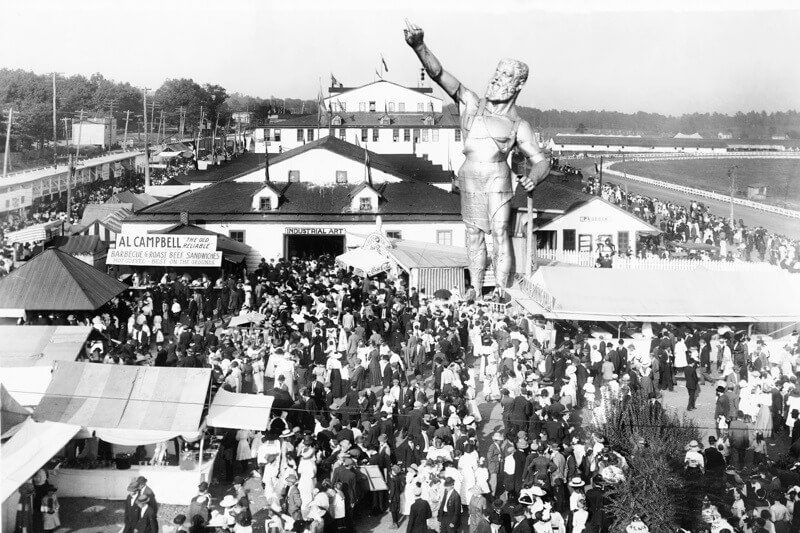
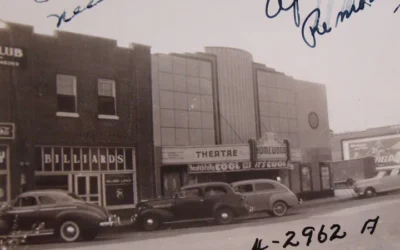
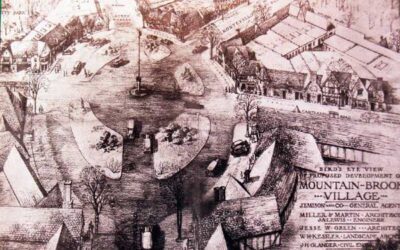
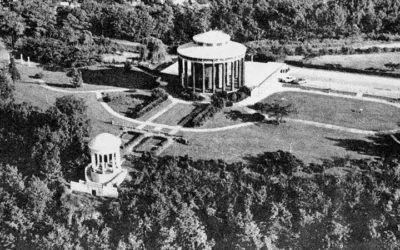

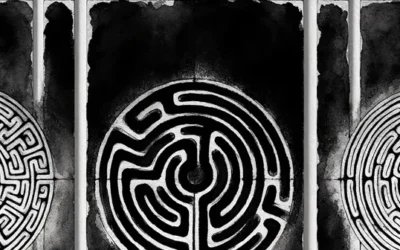
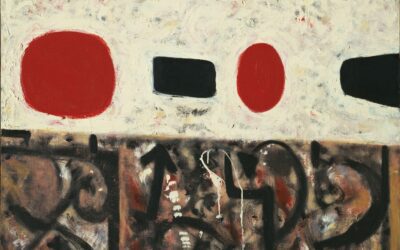













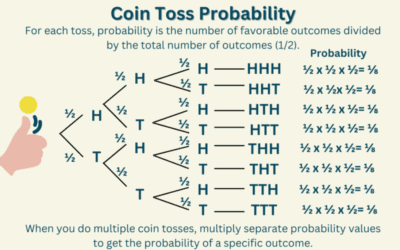





0 Comments